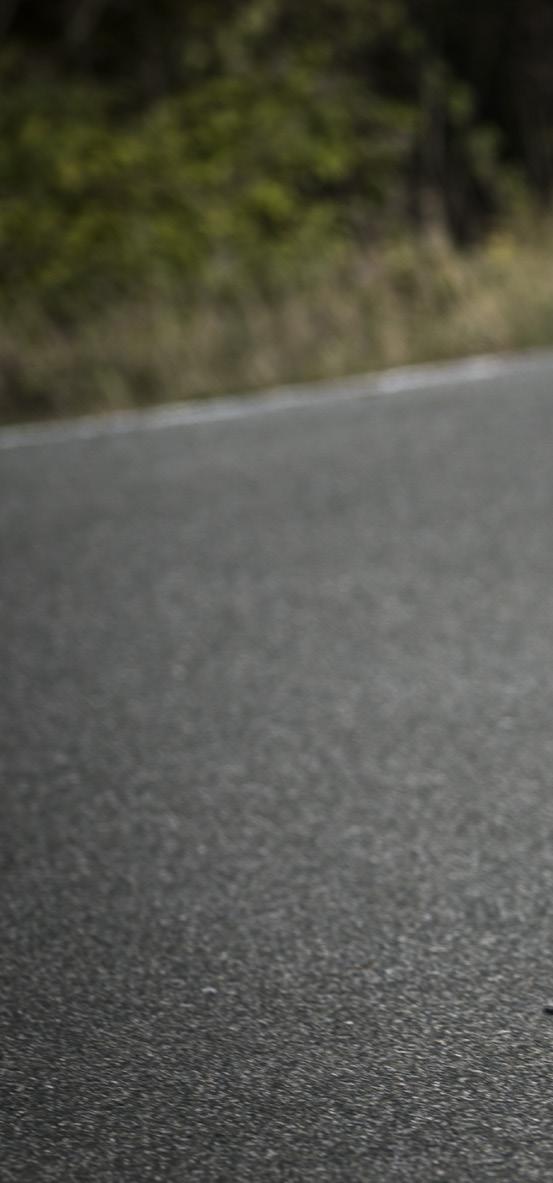
2 minute read
Powerful and enjoyable performance on the road
ENGINE
Powerful but enjoyable on the road, the 955 cc Superquadro twin of the Streetfighter V2 can achieve 153 hp at 10,750 rpm and maximum torque of 101.4 Nm at 9000 rpm. Euro 5-approved, the Streetfighter V2 engine shares an exhaust with the Panigale V2, the system entirely developed beneath the engine. A compact silencer emerges on the right side, while the throttle bodies (controlled independently with a full Ride by Wire system) are oval cut with a diameter of 62 mm.
True of all Ducati sports bikes, the engine of the Streetfighter V2 is also a structural element of the chassis. The cylinder banks form a 90° ‘V’, as is Ducati tradition but the cylinders are rotated backwards to obtain a 21° angle between the front cylinder and the horizontal plane, so as to minimise the bike’s wheelbase.
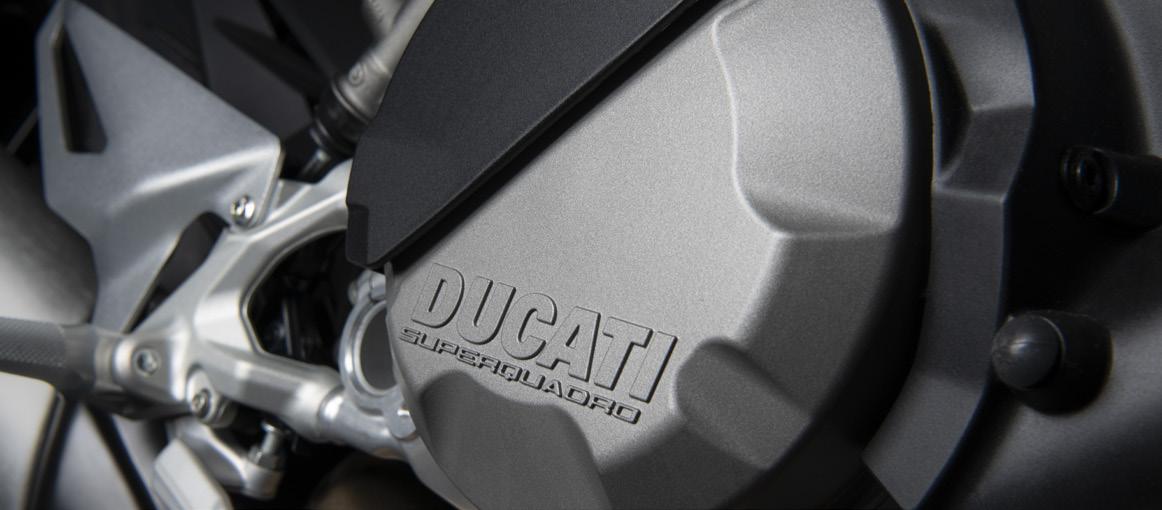
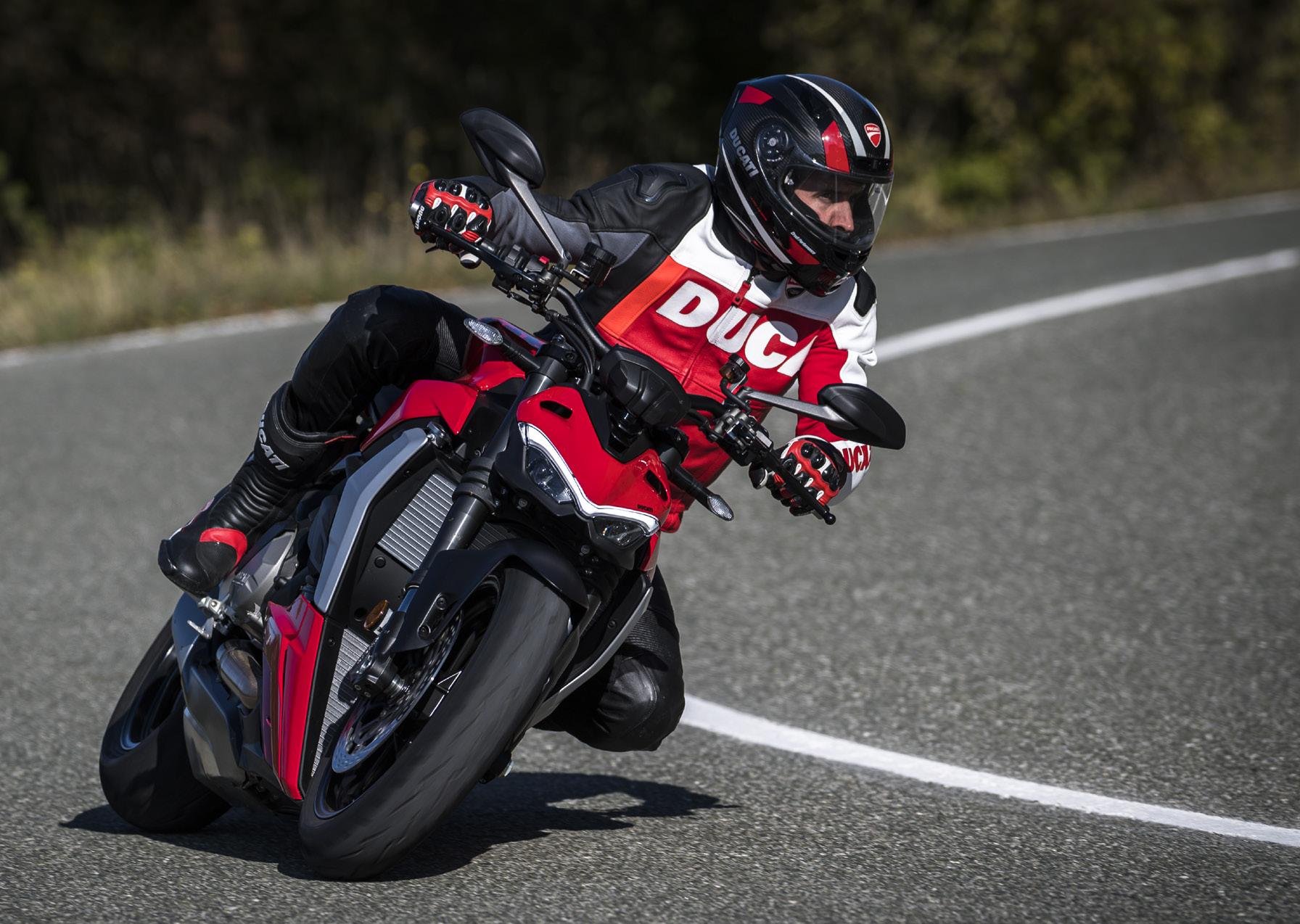
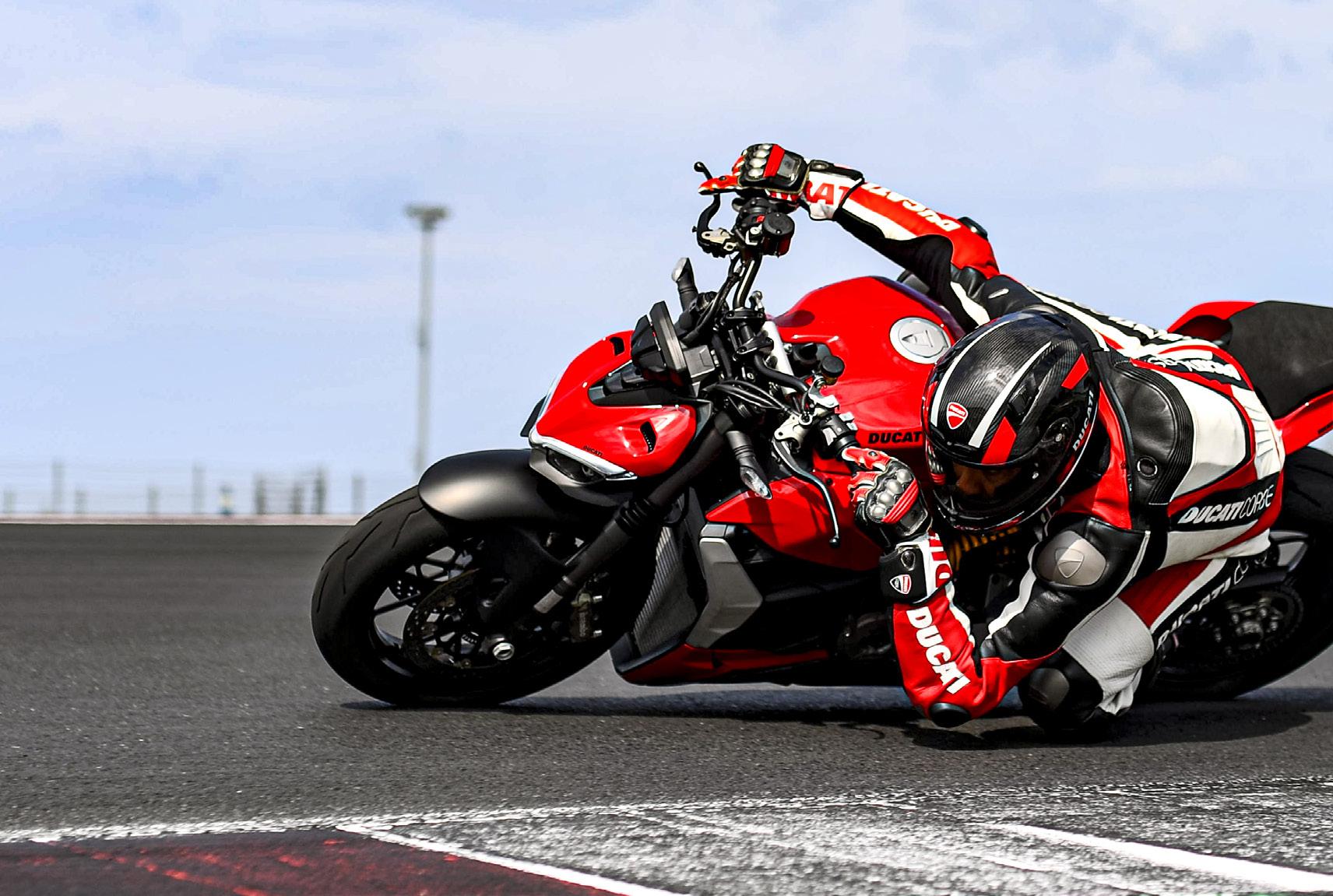
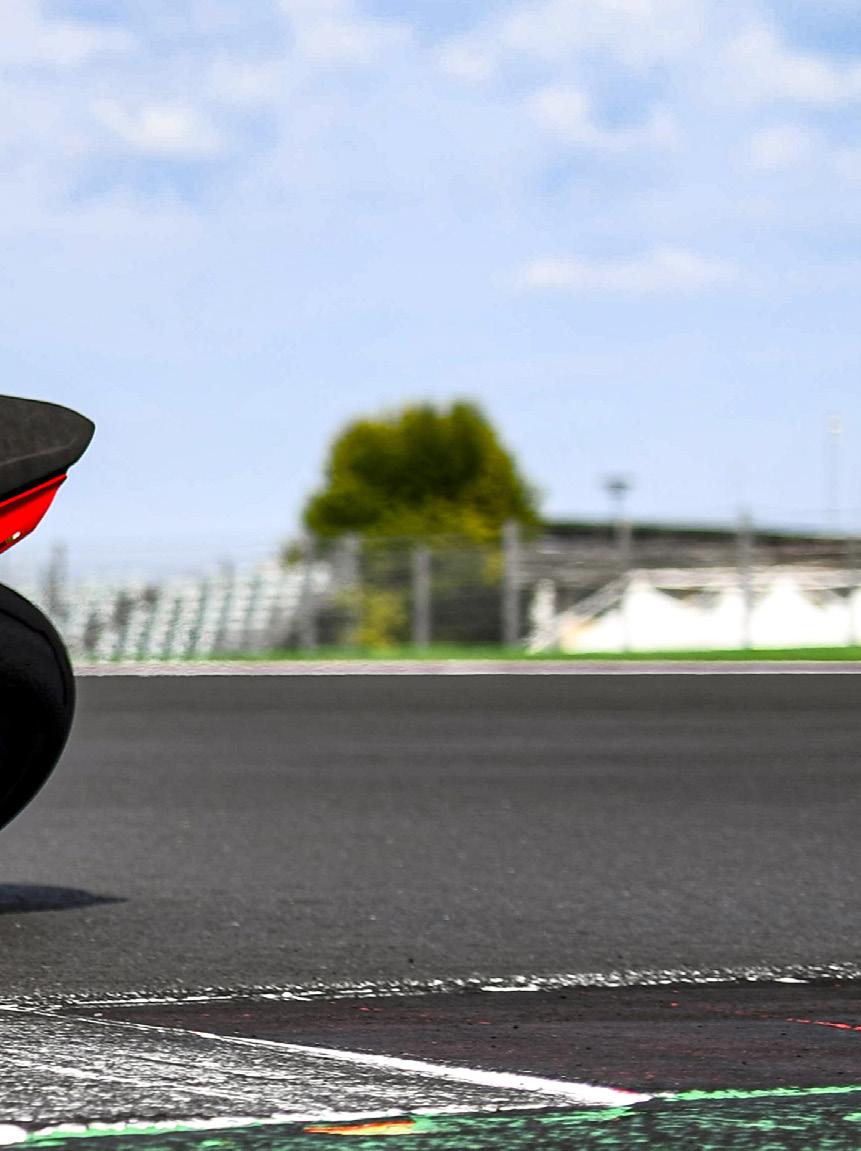
This 955cc twin boasts a bore and stroke of 100 and 60.8 mm respectively, figures that make for a Superquadro, or rather a short-stroke engine. A technical decision made in order to ensure efficient fluid dynamics (the intake valve measuring a significant 41.8 mm, the exhaust valve 34 mm) as well as real rideability and smooth delivery.
The valve-control technology is also a standout Ducati feature, the Desmodromic system with sport-derived rocker arms coated in DLC (Diamondlike Carbon) serving to reduce friction and increase fatigue resistance. This does not just allow for more consistent performance, but also reliability over time and distance. The transmission of the Streetfighter V2 is entrusted to a 6-speed gearbox with Ducati Quick Shift Up / Down EVO 2 system. With respect to the Panigale V2, the Streetfighter V2 has a shorter final ratio (15/45 compared to 15/43 on the Panigale V2), which guarantees greater torque to the wheel at road-going speeds, for a better engine response when reopening the throttle.
The wet clutch is equipped with an anti-hopping and progressive servo system that allows limited slippage when braking torque is applied. This means better control of the bike during braking and an increase in the load on the discs during acceleration without compromising the effort on the lever.







